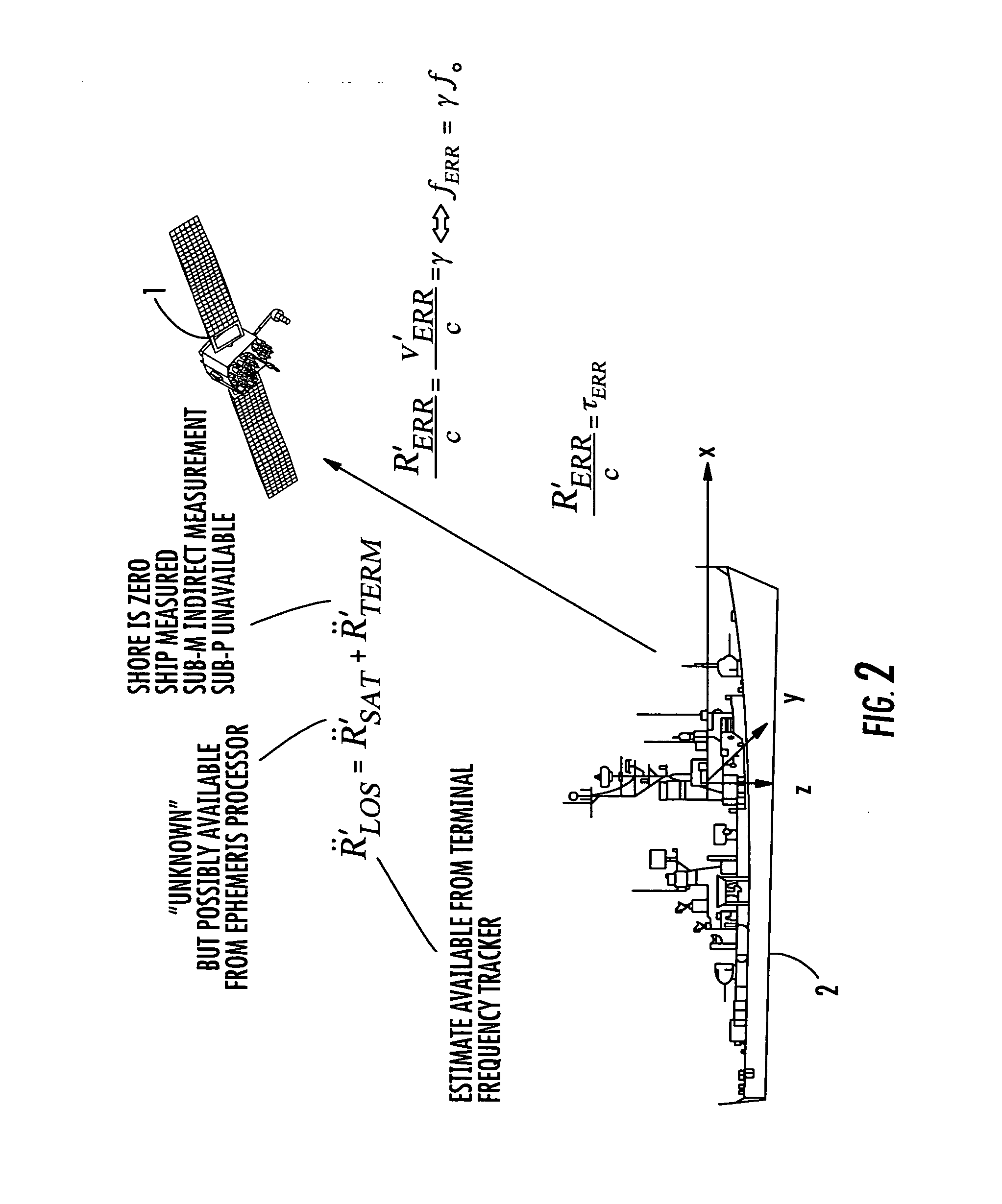Method And Apparatus For Single Input, Multiple Output Selection Diversity Aiding Signal Tracking
a signal tracking and multiple output technology, applied in electrical equipment, synchronisation arrangements, wireless commuication services, etc., can solve the problems of significant complexity of timing and frequency acquisition using conventional phase locked loop (pll)-based designs, limited utility of high-order plls in practical systems, and increase complexity. , to achieve the effect of reducing complexity
- Summary
- Abstract
- Description
- Claims
- Application Information
AI Technical Summary
Benefits of technology
Problems solved by technology
Method used
Image
Examples
Embodiment Construction
[0044] Before describing, in detail, the structure and operation of the ‘knowledge’-aided antenna selection mechanism in accordance with the present invention, it should be observed that the invention resides primarily in a prescribed arrangement of conventional communication signal collection, processing circuits and components, and supervisory digital control circuitry that controls the operations of these circuits and components, and not in the details thereof. Consequently, in the drawings, such circuits and components, and the manner in which they are interfaced with various communication equipments have, for the most part, been illustrated by readily understandable block diagrams, which show only those specific details that are pertinent to the present invention, so as not to obscure the disclosure with details which will be readily apparent to those skilled in the art having the benefit of the description herein. Thus, the diagrammatic illustrations are primarily intended to ...
PUM
 Login to View More
Login to View More Abstract
Description
Claims
Application Information
 Login to View More
Login to View More - R&D
- Intellectual Property
- Life Sciences
- Materials
- Tech Scout
- Unparalleled Data Quality
- Higher Quality Content
- 60% Fewer Hallucinations
Browse by: Latest US Patents, China's latest patents, Technical Efficacy Thesaurus, Application Domain, Technology Topic, Popular Technical Reports.
© 2025 PatSnap. All rights reserved.Legal|Privacy policy|Modern Slavery Act Transparency Statement|Sitemap|About US| Contact US: help@patsnap.com



